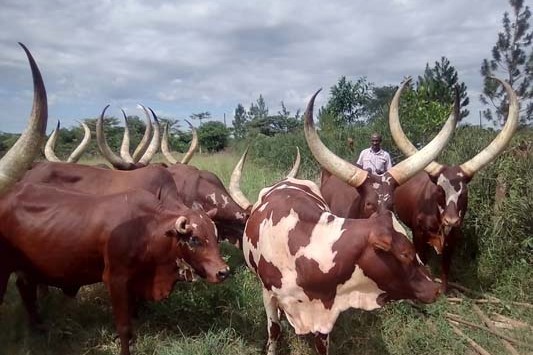War, Covid and mis-guided policy have combined for a perfect picture of how quickly a commodity market can flip, writes Stuart Davison.
Have you seen the movie The Perfect Storm? It’s got a stellar cast, and they go fishing; a great premise for a movie. Now if you haven’t seen the movie, things turn to custard when they’re out fishing, and go from bad to worse: the boat sinks, and Mark Walhberg’s character watches the boat sink while in the punishing seas.
The captain thought everything was going to be golden, not accounting for how much risk he was actually sailing into. And at this point, you’re asking, how does this relate to dairy, Stu, or are you writing movie reviews on the side now? Well, the reason is, the last six-weeks in the dairy industry have been the perfect storm, a storm no one saw coming, and something that really turned into something bigger than expected.
This storm arrived in the form of three key dairy markets having their own issues, with demand issues arising from two of them, and geopolitical issues from the other.
China’s zero covid approach always had the ability to create harm to economies outside of their own, considering where China is placed in the web of world trade.
The lockdowns in Shanghai alone are having bigger impacts to the world than anyone ever expected or accounted for, and these impacts are being felt in the dairy world especially.
The Shanghai population is locked into their houses, not even allowed to leave to go to supermarkets, thus their consumption of every product has been stymied, and dairy is no different.
This lockdown created what can be seen as a rapid supply chain stall: nothing leaving shelves in a normal fashion, creating a logjam of products. This has seen Chinese dairy processors drying all the milk arriving at factories into whole milk powder instead of into consumer goods such as yoghurt.
At the same time, some Chinese ports and logistics are in their own logjam, creating stranded product and ships unable to unload, creating issues for exporters to get product on to ships from origin regions. Long story short, a market that was traveling with some large momentum came to a sudden stop. And we all know that when things come to a sudden stop, they end up in a mess. This is where the Chinese market finds itself. In a mess, everyone is unsure how this situation will iron itself out. Will the Chinese government die on the hill of Covid zero or accept that biology is impossible to beat? These situations have different outcomes for the Chinese economy, which the New Zealand economy is so heavily tied to, and most importantly the NZ dairy industry.
The other interesting market dynamic is Sri-Lanka’s financial issues. Now, another long story short: Sri-Lanka took very brave steps to change their country, and they all backfired. These steps included banning all agri-chemicals, which halved their rice yields in one year, and plunged the country into a food security issue – woke politics at their finest.
Now their economy is on its knees, with the country defaulting on debt, which interestingly enough is mostly owned by Russia. This means Sri-Lanka doesn’t have the ability to buy any imported products, because they can’t pay for them. So, this creates a hole in demand in the South East Asian market for NZ dairy.
Sri-Lanka’s demand isn’t something to sneeze at – they aren’t massive buyers, but they take good regular volumes of our exports, and even at recent high prices of dairy commodities, they were buying right up until their economy tanked, and everyone stepped back knowing they wouldn’t be paid.
The other part of this storm is the on-going war in Ukraine. I hope by the time you read this, the war has settled, but I doubt it.
The outbreak of the war has actually been bullish for the global dairy market, with the expected disruption to grain exports from Eastern Europe creating downwards pressure for milk production in the rest of Europe, due to higher costs of production. The impacts will whiplash into the future longer than most are measuring, and even though markets have been in flux following the outbreak, there is more to be measured yet.
Who would have expected that these three factors would occur all at the same time, and create the reaction that the industry has had to traverse over the last two months? No-one, it would seem, but some made a call to protect some of their own risk. The biggest day of trading for milk price futures was the day before GDT 306. Prior to this auction, expectations of a downfall were painted on the wall, with the above three factors outlined clearly by Fonterra. Following the GDT auction, milk price forecasts were slashed by 50 cents/kg milksolids (MS) for the coming season, while the cloud of uncertainty has returned to the dairy market.
Measuring risk in any market is a very hard thing, no one has a working crystal ball. But the last two months have painted the perfect picture of how quickly a commodity market can flip, and how important it is to have some risk management in place; even if that is having the paperwork completed with your broker.





